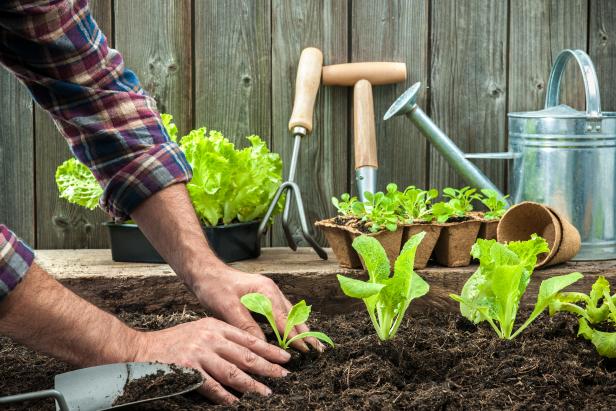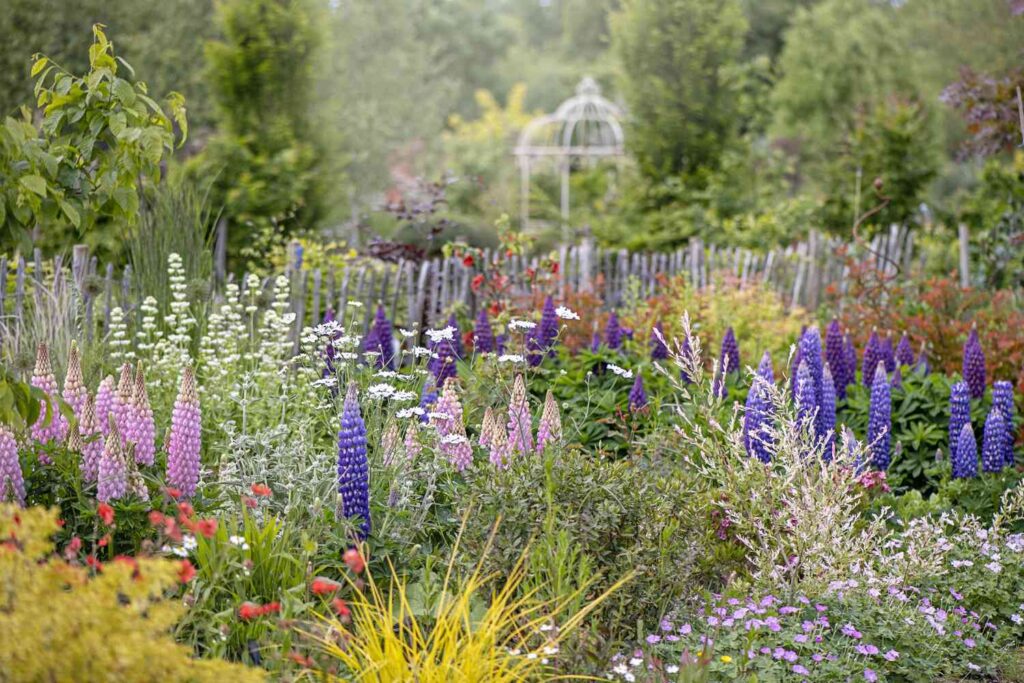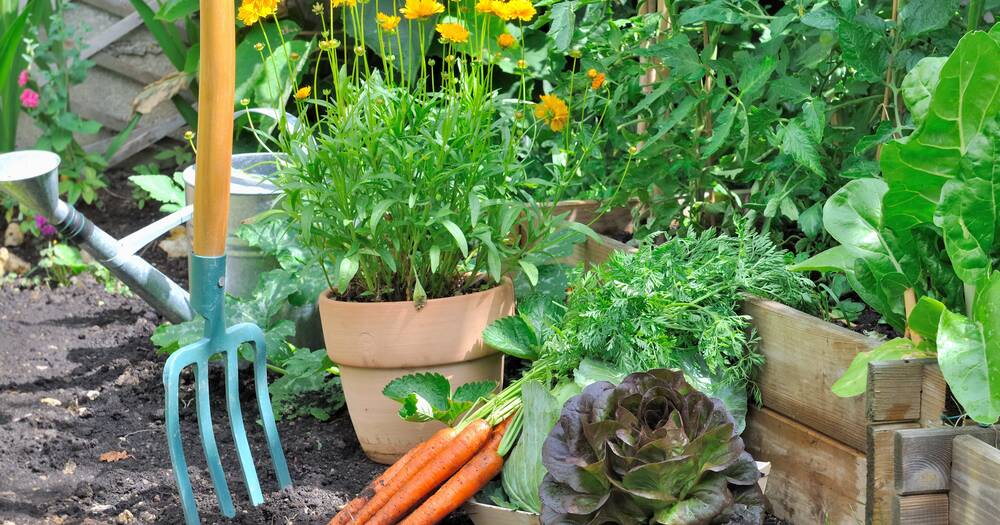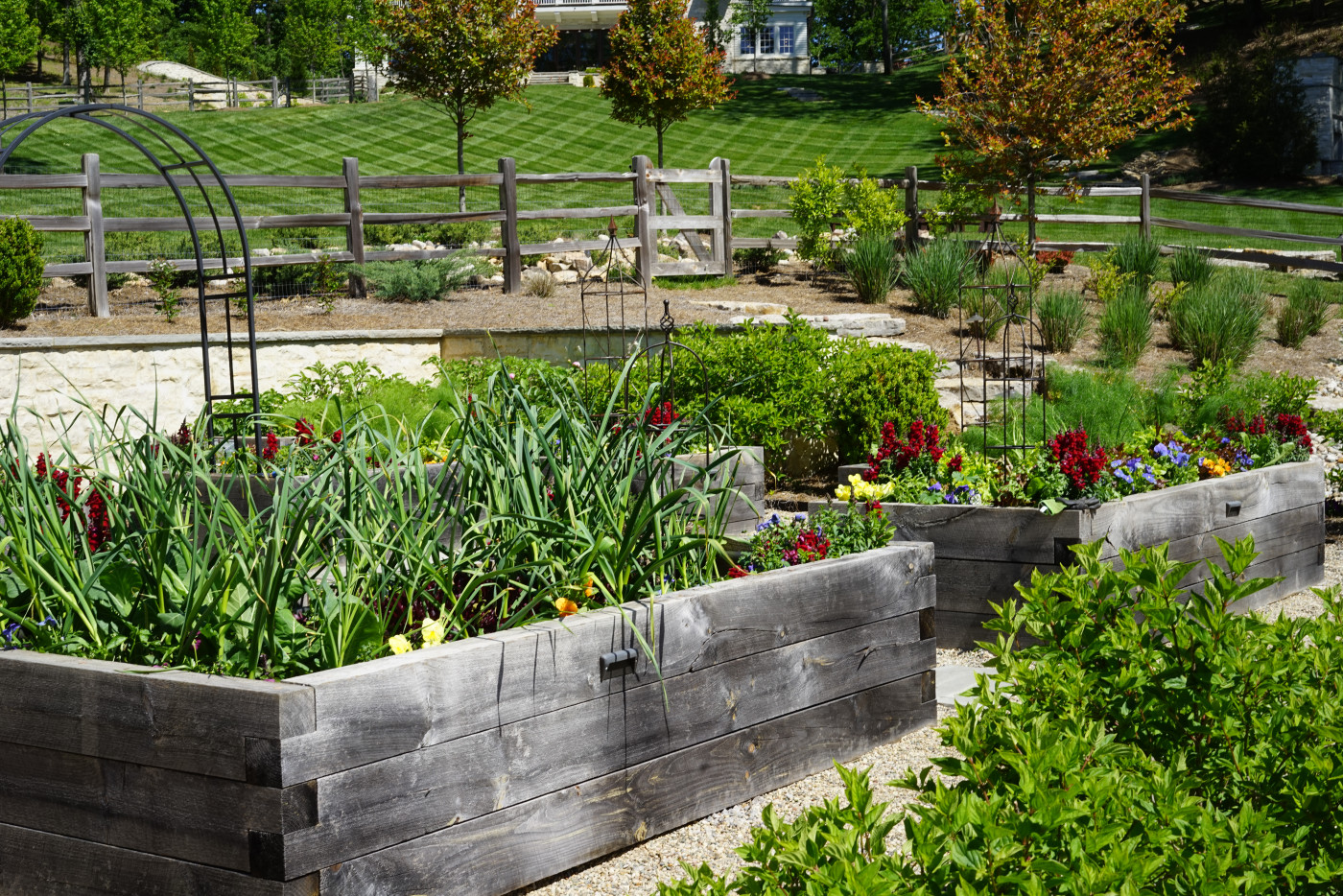Gardening is a rewarding endeavor that connects us to nature’s rhythms. Seasonal gardening involves adjusting your gardening practices to the changing seasons to ensure that your plants thrive throughout the year. By understanding the unique requirements and opportunities each season presents, you can maintain a vibrant and productive garden. This article explores the essentials of seasonal gardening, offering tips and insights to help you make the most of your garden year-round.
Spring: The Season of Renewal
Spring is a time of rejuvenation and growth. As the weather warms and daylight increases, plants awaken from their winter dormancy, making it an ideal time for planting and preparation.
Soil Preparation
Spring is the perfect time to prepare your soil for planting. Begin by clearing any debris left from winter, such as fallen leaves and dead plant material. Next, turn the soil to aerate it and break up compacted areas. Adding compost or organic matter enriches the soil with essential nutrients, improving its structure and fertility.
Planting
Early spring is ideal for planting cool-season crops like lettuce, peas, radishes, and spinach. These plants thrive in the cooler temperatures and can be harvested before the heat of summer sets in. As the season progresses, you can start planting warm-season crops such as tomatoes, peppers, cucumbers, and beans. For flowers, consider early bloomers like daffodils, tulips, and pansies to add a splash of color to your garden.
Pruning and Maintenance
Pruning is essential in spring to remove dead or damaged branches and promote healthy growth. Focus on shrubs and trees that bloom on new wood, such as roses and hydrangeas. Spring is also a good time to divide perennials and transplant them to new locations.

Summer: Growth and Abundance
Summer is characterized by long days and warm temperatures, leading to rapid plant growth and abundant harvests. However, the heat and dryness of summer also pose challenges that require vigilant care.
Watering
Consistent and deep watering is crucial during the summer months. Aim to water your garden early in the morning or late in the evening to minimize evaporation and ensure that plants absorb the maximum amount of water. Using mulch around your plants helps retain moisture, reduce weeds, and maintain soil temperature.
Fertilizing
Summer is a high-demand season for nutrients, as plants are actively growing and producing fruit. Regular feeding with a balanced fertilizer can provide the necessary nutrients to support this growth. Organic options like compost tea or fish emulsion are excellent choices that promote soil health.
Pest Control
The warm weather of summer also brings a surge in pest activity. Regularly inspect your plants for signs of pests such as aphids, caterpillars, and beetles. Integrated Pest Management (IPM) strategies, which include manual removal, introducing beneficial insects, and using organic pesticides, can help keep pest populations under control without harming the environment.
Fall: Harvest and Preparation
Fall is a time of transition, as the intense heat of summer wanes and cooler temperatures set in. This season is perfect for harvesting summer crops, planting for the next growing season, and preparing your garden for winter.
Harvesting
Many summer crops reach their peak in the fall, making it a busy harvest time. Tomatoes, peppers, squash, and beans are often at their most productive. Be sure to harvest regularly to encourage continued production and to prevent overripening.
Planting
Fall is an excellent time for planting cool-season crops that can withstand light frosts. Vegetables like kale, broccoli, carrots, and spinach thrive in cooler temperatures and can often be harvested well into late fall or early winter. Additionally, planting bulbs such as tulips, daffodils, and crocuses in the fall ensures a beautiful display of flowers in the spring.
Soil Improvement
After the summer harvest, it’s important to replenish the soil. Adding compost or well-rotted manure can restore nutrients that have been depleted. Cover crops like clover or rye can also be planted to improve soil structure, prevent erosion, and add organic matter.
Winter: Rest and Planning

Winter is a period of dormancy for most plants, but it doesn’t mean you should neglect your garden. This season is an opportunity to prepare for the next growing cycle and take care of essential maintenance tasks.
Protecting Plants
Winterizing your garden involves protecting plants from harsh weather conditions. Mulching around the base of plants helps insulate roots and conserve moisture. For tender plants, consider using burlap wraps, cloches, or frost blankets to shield them from extreme cold and wind.
Tool Maintenance
Winter is the perfect time to clean and sharpen your gardening tools. Properly maintained tools are more effective and can reduce the risk of plant diseases. Clean tools with a solution of water and bleach to disinfect them, and sharpen blades to ensure precise cuts.
Planning for Spring
Use the quieter winter months to plan your garden for the upcoming year. Review what worked well in your garden and what didn’t, and make notes for improvement. Consider sketching out a garden layout and deciding on the varieties of plants you want to grow. Ordering seeds and supplies in advance ensures you’re ready to hit the ground running when spring arrives.
General Tips for Year-Round Success
Regardless of the season, certain practices can help ensure your garden remains healthy and productive.
Mulching
Mulching is beneficial year-round. It helps conserve soil moisture, regulate soil temperature, suppress weeds, and add organic matter to the soil as it decomposes. Apply a layer of mulch around plants, keeping it a few inches away from stems to prevent rot.
Crop Rotation
Rotating crops each year helps prevent soil depletion and reduces the buildup of pests and diseases. Avoid planting the same type of crop in the same location two years in a row. Instead, alternate between different plant families to maintain soil health.
Composting
Composting is a valuable practice that recycles garden and kitchen waste into nutrient-rich organic matter. Regularly adding compost to your garden improves soil structure, fertility, and moisture retention. Maintain a compost pile or bin and turn it regularly to speed up decomposition.

Conclusion
Seasonal gardening is a dynamic and rewarding approach to cultivating a thriving garden year-round. By understanding the unique requirements of each season and adjusting your practices accordingly, you can enjoy a bountiful harvest, vibrant flowers, and a healthy ecosystem. Whether you’re planting in the spring, nurturing growth in the summer, harvesting in the fall, or preparing in the winter, each season offers opportunities to connect with nature and enhance your gardening skills. With thoughtful planning and diligent care, your garden can be a source of joy and productivity throughout the year.
